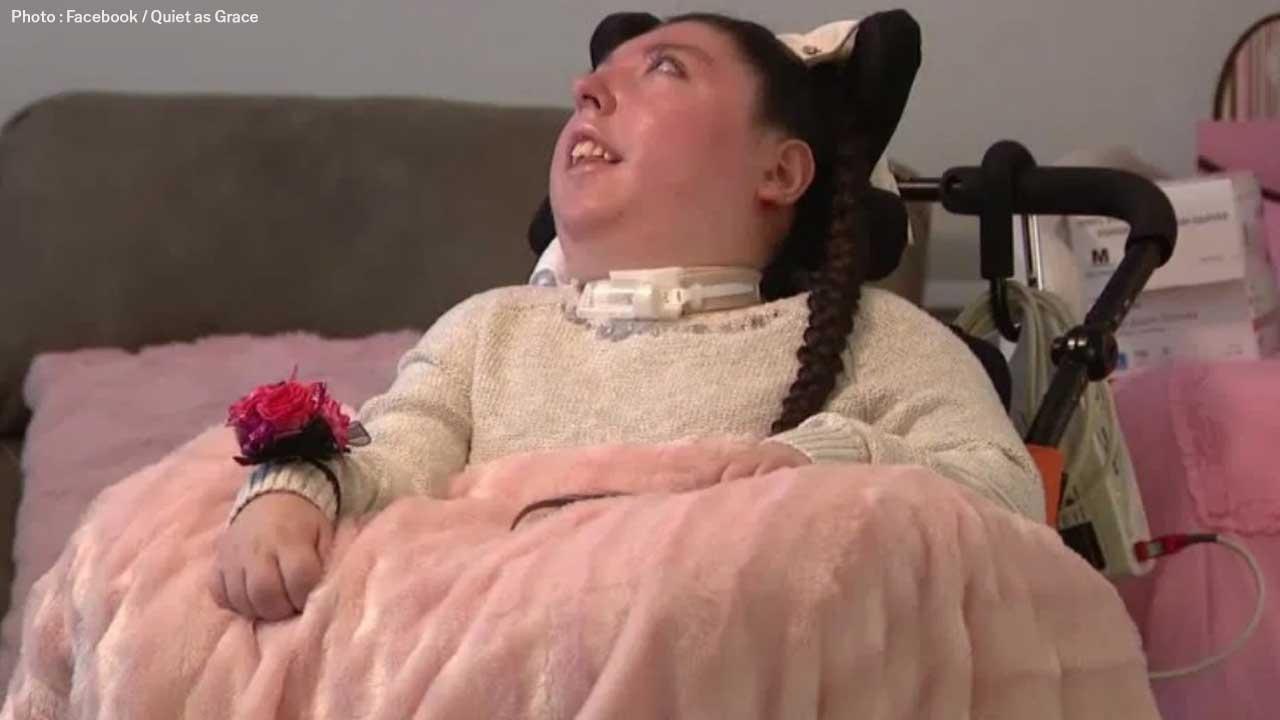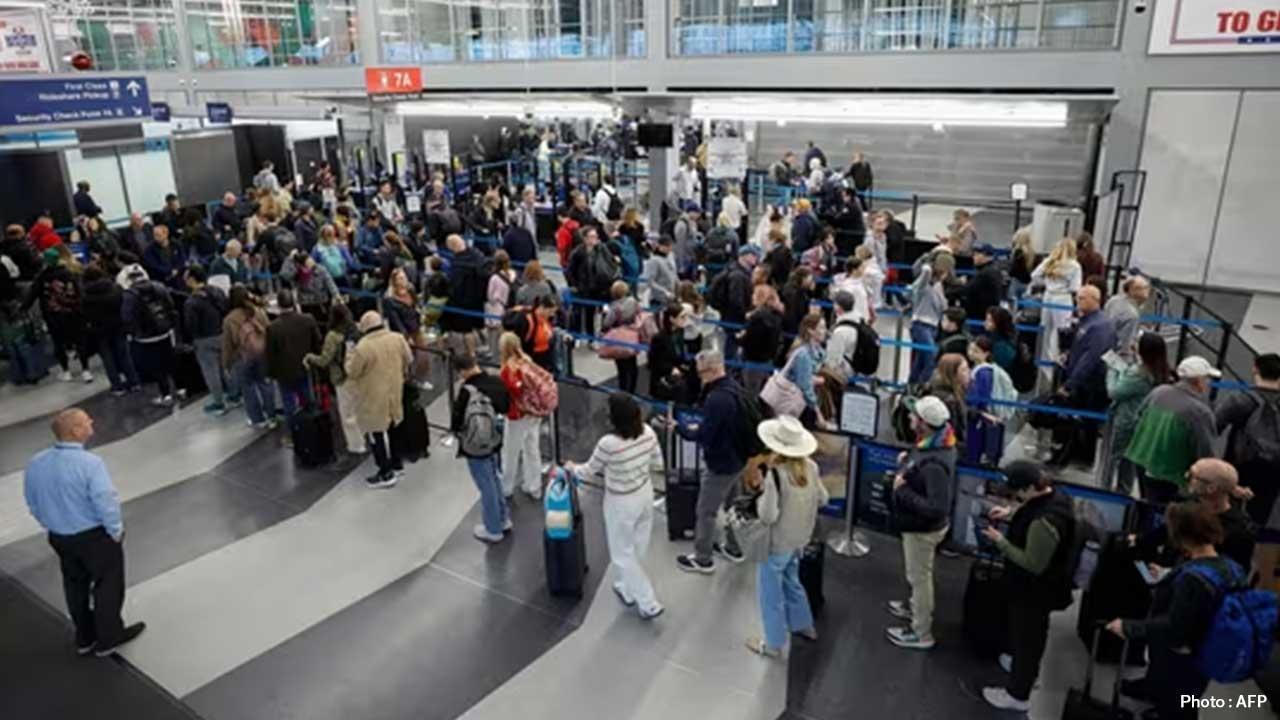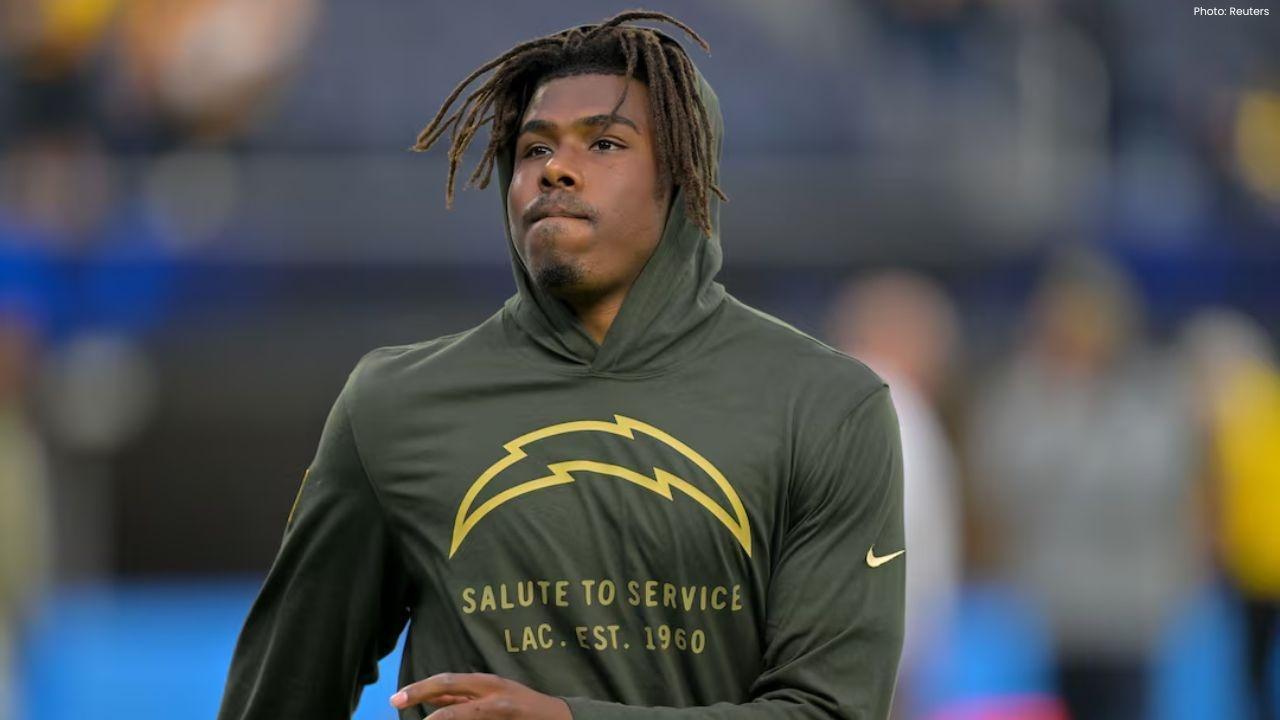
Join 10k+ people to get notified about new posts, news and tips.
Do not worry we don't spam!

Post by : Vansh
Human interaction often begins with a glance, and the feature faces we present play a critical role in shaping perceptions. Expressions such as smiles, frowns, or neutral looks are more than fleeting gestures; they become powerful signals that others interpret to judge our personality, trustworthiness, and even emotional state. From ancient times to the digital age, the study of faces has revealed fascinating insights into how much influence they hold in both personal and professional spaces.
A smile has long been considered the universal sign of friendliness. Research shows that when someone smiles, people are more likely to view them as approachable, trustworthy, and likable. In fact, smiles activate positive emotions not just in the person smiling but also in those who observe it. The contagious nature of smiling makes it one of the strongest nonverbal communication tools in human connection.
From workplace meetings to casual encounters, a genuine smile can open doors, reduce tension, and create a sense of mutual respect. It is no wonder that leaders, speakers, and public figures often emphasize smiling as part of their image, as it helps to foster stronger bonds with audiences and colleagues alike.
While smiles build bridges, frowns often create barriers. A frown can signal disapproval, sadness, or frustration, and people instinctively respond to it with caution. Studies suggest that individuals who frequently display frowns are often perceived as unapproachable or difficult, even if this perception does not accurately reflect their personality.
This shows how social perception is heavily shaped by facial cues. In many cases, a single frown during a conversation can overshadow words, making people interpret the situation more negatively than intended. The power of this expression lies in its ability to communicate discomfort, but it also risks creating misunderstandings when overused or misread.
In professional environments, feature faces play an essential role in communication and leadership. For instance, an employee who greets colleagues with a smile each morning is more likely to be seen as cooperative and team-oriented. On the other hand, managers who frown or display stern expressions constantly may unintentionally foster an environment of fear rather than respect.
Recruiters and interviewers also admit that facial expressions impact hiring decisions. A candidate who maintains a positive demeanor and friendly expressions is more likely to leave a lasting impression, even if their qualifications are similar to others. This highlights how much weight nonverbal communication carries in shaping workplace outcomes.
This article is intended for informational and educational purposes only. The insights shared are based on general research and observations, and readers should not interpret them as professional advice. Individual experiences with social perception and expressions may vary depending on cultural, personal, and situational factors. Published by newsableasia news network.










Suranika Roshan Celebrates Bakery Launch with Saba Azad's Support
Suranika Roshan opens her bakery, The Moon Beam Bakery, as Saba Azad shares an encouraging message o

Jets Make History with Unprecedented Special Teams Touchdowns
In a landmark game, the Jets scored two touchdowns on special teams, making franchise history with a

Chargers Secure 25-10 Win Over Steelers with Strong Defense and Herbert's Leadership
Los Angeles Chargers triumphed over the Pittsburgh Steelers 25-10, showcasing a formidable defense a

Rams Triumph Over 49ers; Adams Left with Minor Oblique Injury
The Rams secured a 42-26 win against the 49ers, but Davante Adams left the game in the fourth quarte

Jurel's Stellar Performance Raises Selection Dilemmas for India
Ahead of the South Africa Tests, Dhruv Jurel's impressive form complicates team selection as Rishabh

Ryan Williams Embraces Indian Identity, Joins Football Camp
Ryan Williams has transitioned from Australia to India, joining the national football camp in Bengal